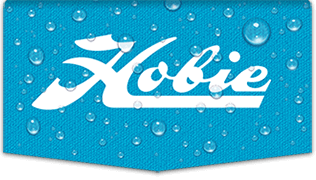Thanks. I am familiar with polyester (as a teen built surfboards, etc.) and epoxy (built a fiberglass-foam-fiberglass sandwich, two-place, homebuilt, aircraft) but heard little about vinylester (I think one production experimental aircraft in the 80's, the Glassair, was made using vinylester).
It also puzzled me reading posts here and elsewhere about people using epoxy to repair Hobie delams.
As far as a delam repair- you are right, it is only as strong as separated foam surface, AND the resin bond to it and the delaminated section of (Hobie polyester-based?) fiberglass. I suppose in this case Epoxy is as good as anything else. A technique we used to aid wetting out large wing laminations with epoxy was to heat it which made it much runnier. It was much easier to wet out the glass cloth and remove any excess with a squeegy (important for weight sensitive aircraft) than cold or room temp epoxy. We used a slow setting epoxy (SafetyPoxy or Racca) which wouldn't kick-off from this warming. I don't think that is possible with polyester or vinylester. This might be a useful technique for delam repairs.
For areas that would eventually need another lamination or another piece bonded (like a bulkhead to the fuselage) once the layup was complete we covered the (bulkhead or other part) layup with "peel ply" fabric which did not bond, but partially absorbed the resin. When the resin had cured and the peel ply was removed, it would leave a textured surface to improve the joint with another piece and did not need sanding which could damage the glass weave.
Below is a link to a canoe site that I found that explains the difference between all three resins. Interesting what they say in the last paragraphs about polyester and vinylester and their (limited) bonding strengths, especially new resin to old, cured resin.
Epoxy vs vinylester vs polyester




